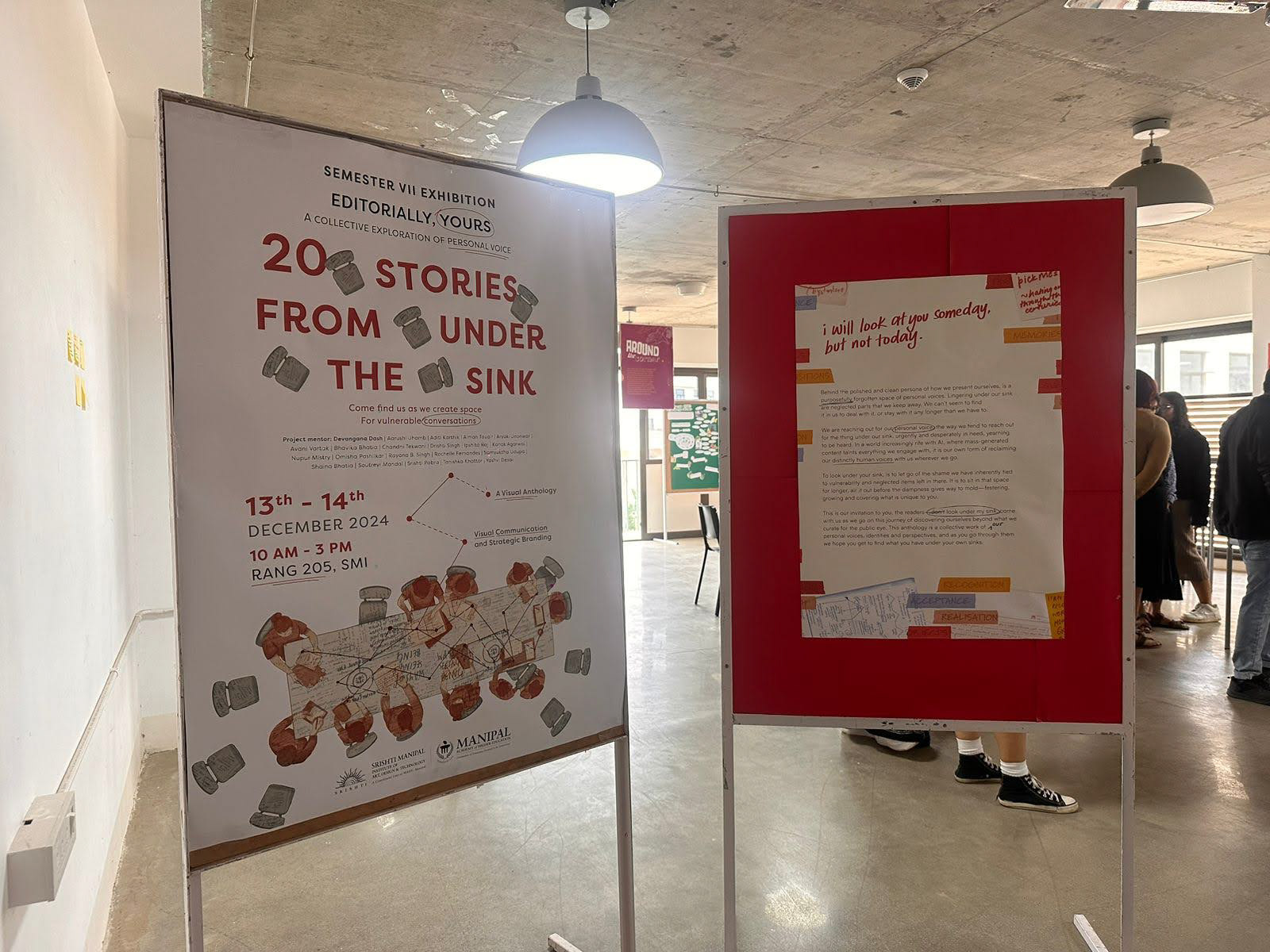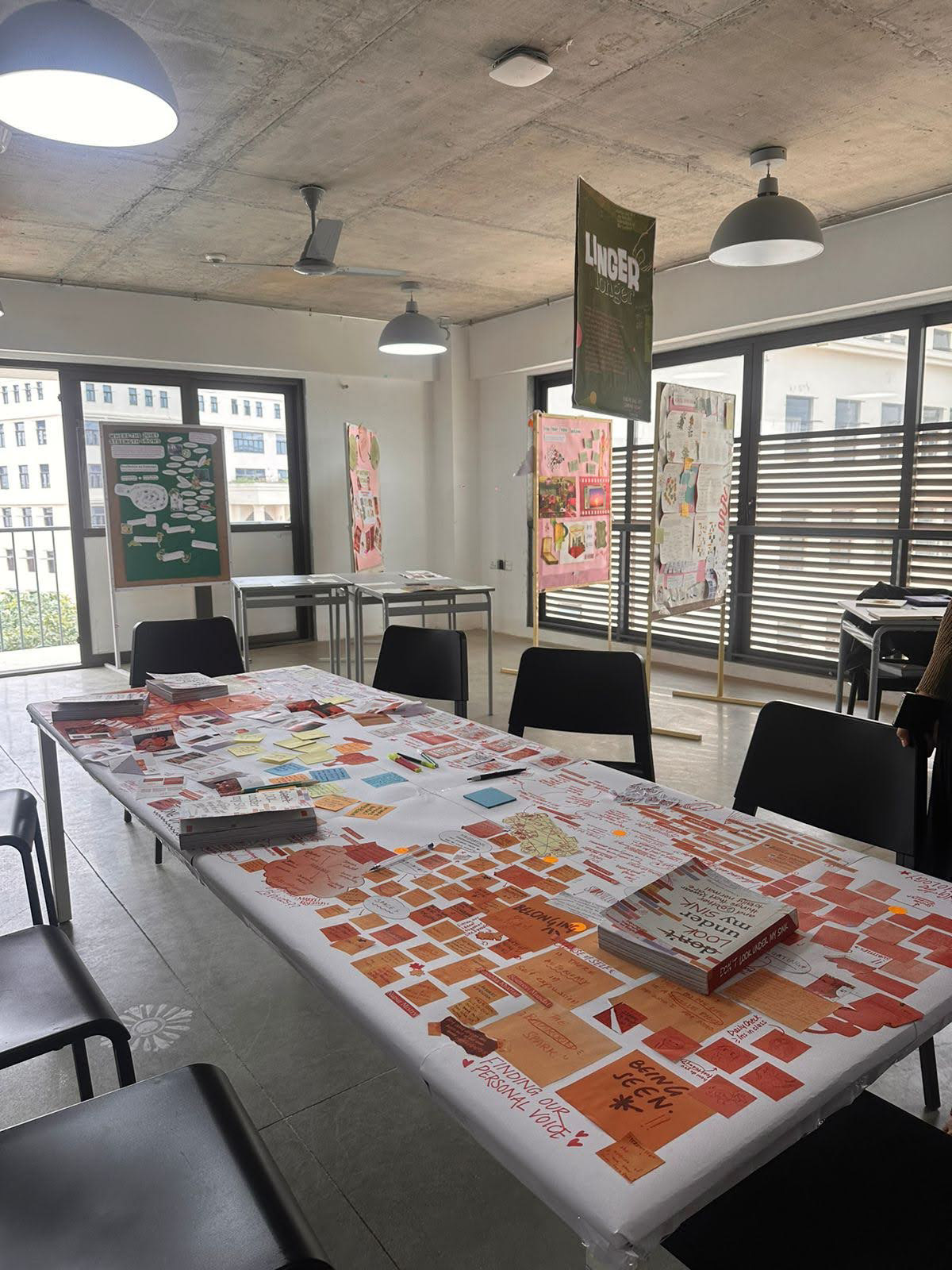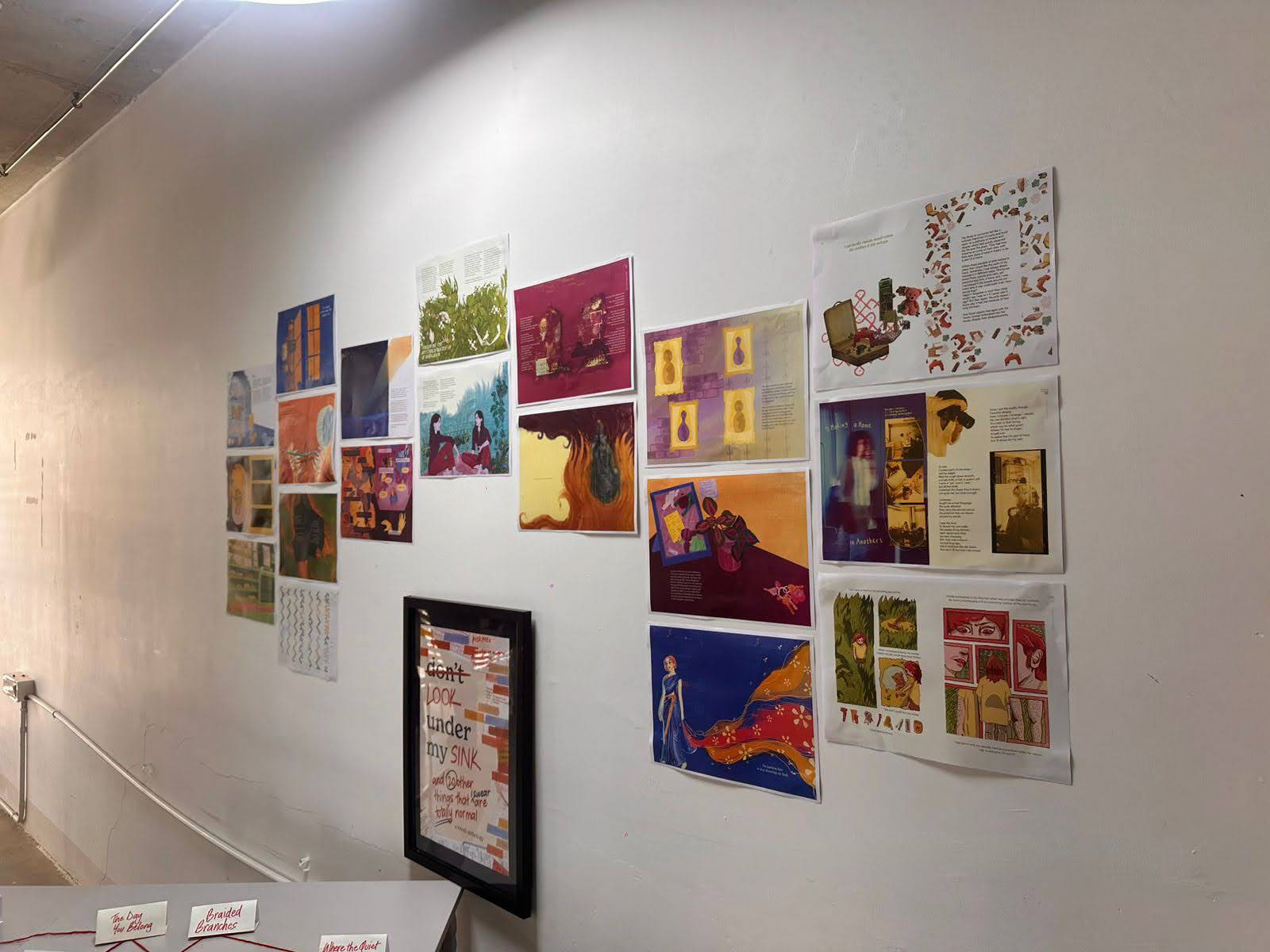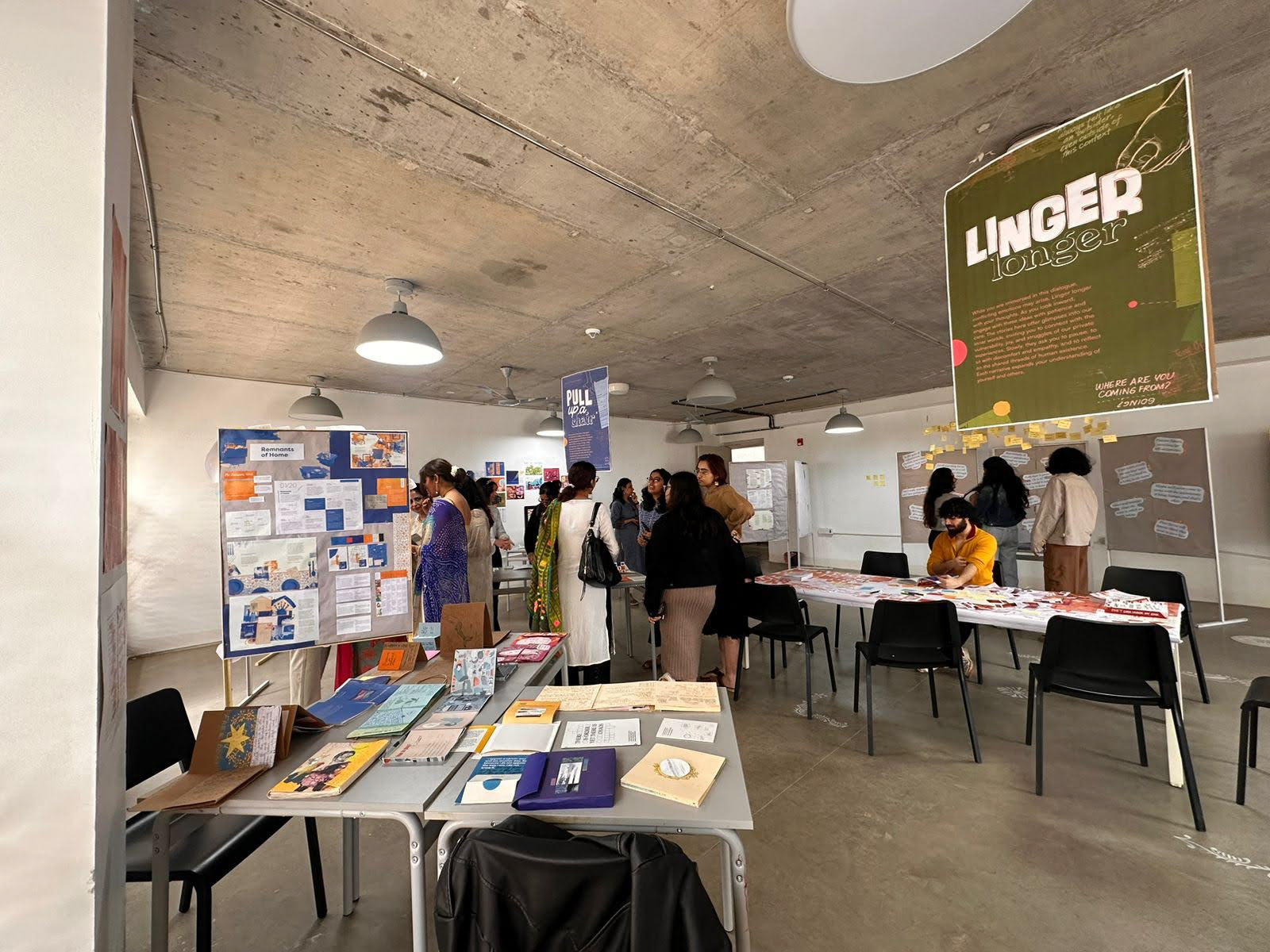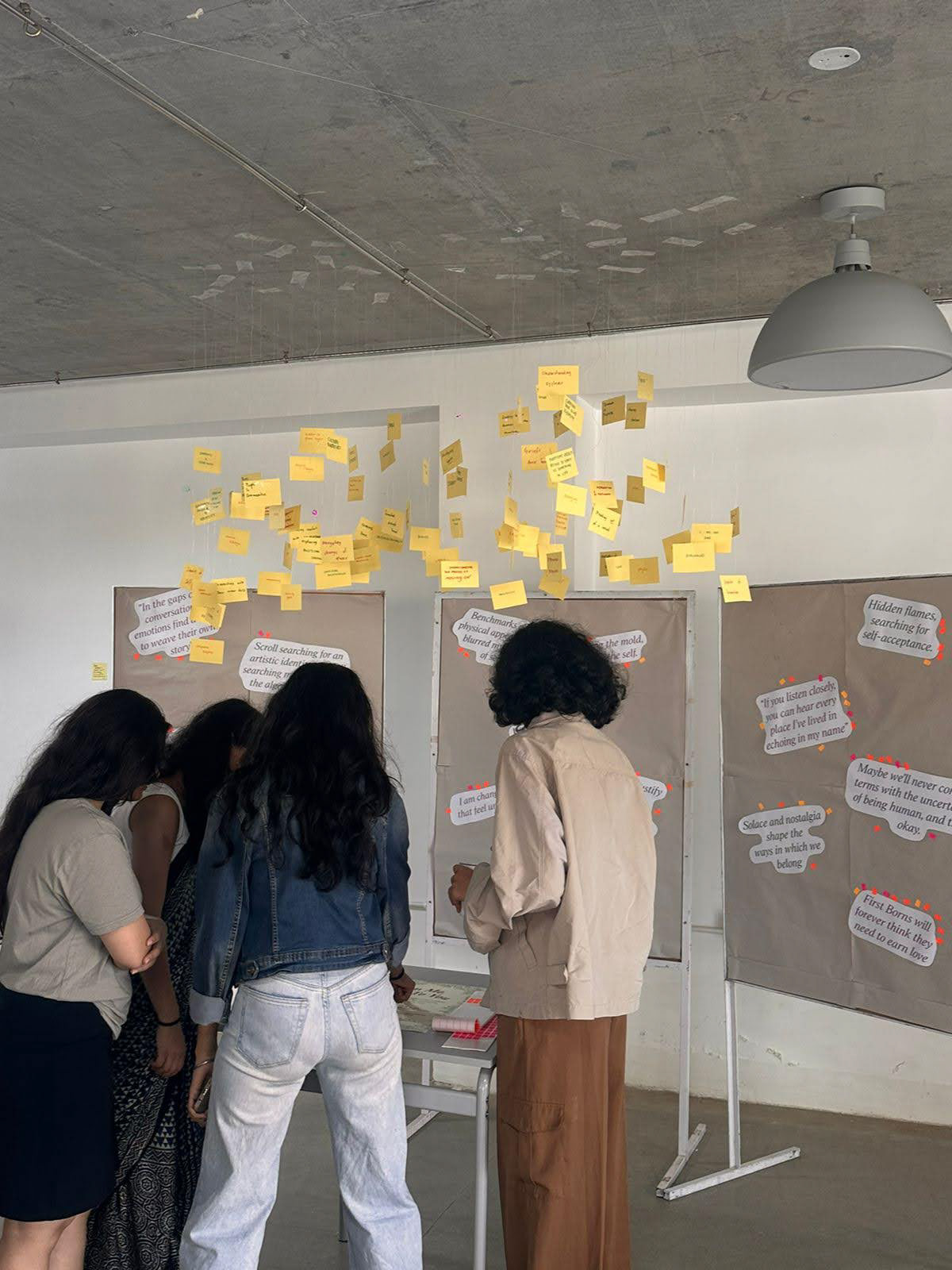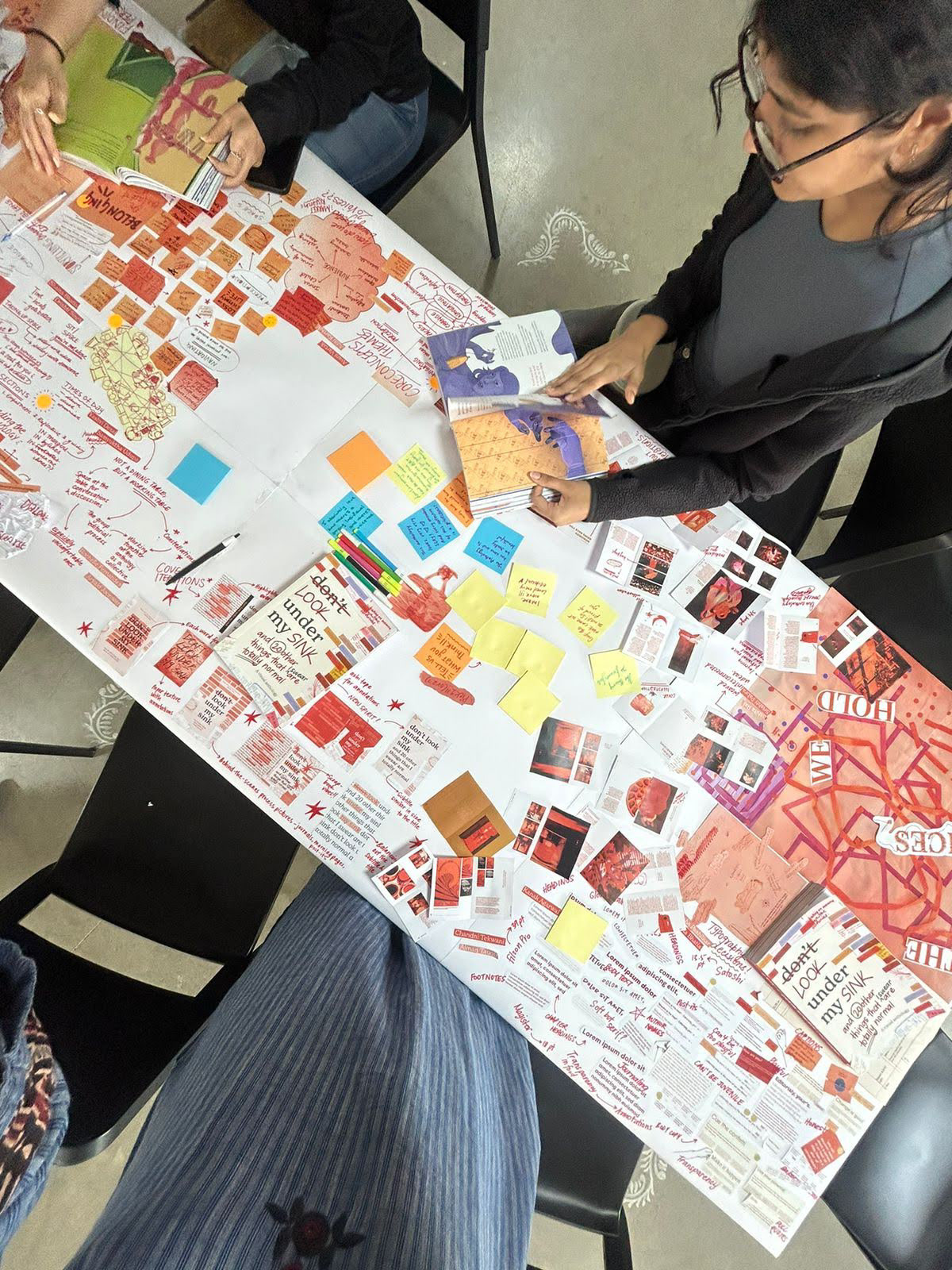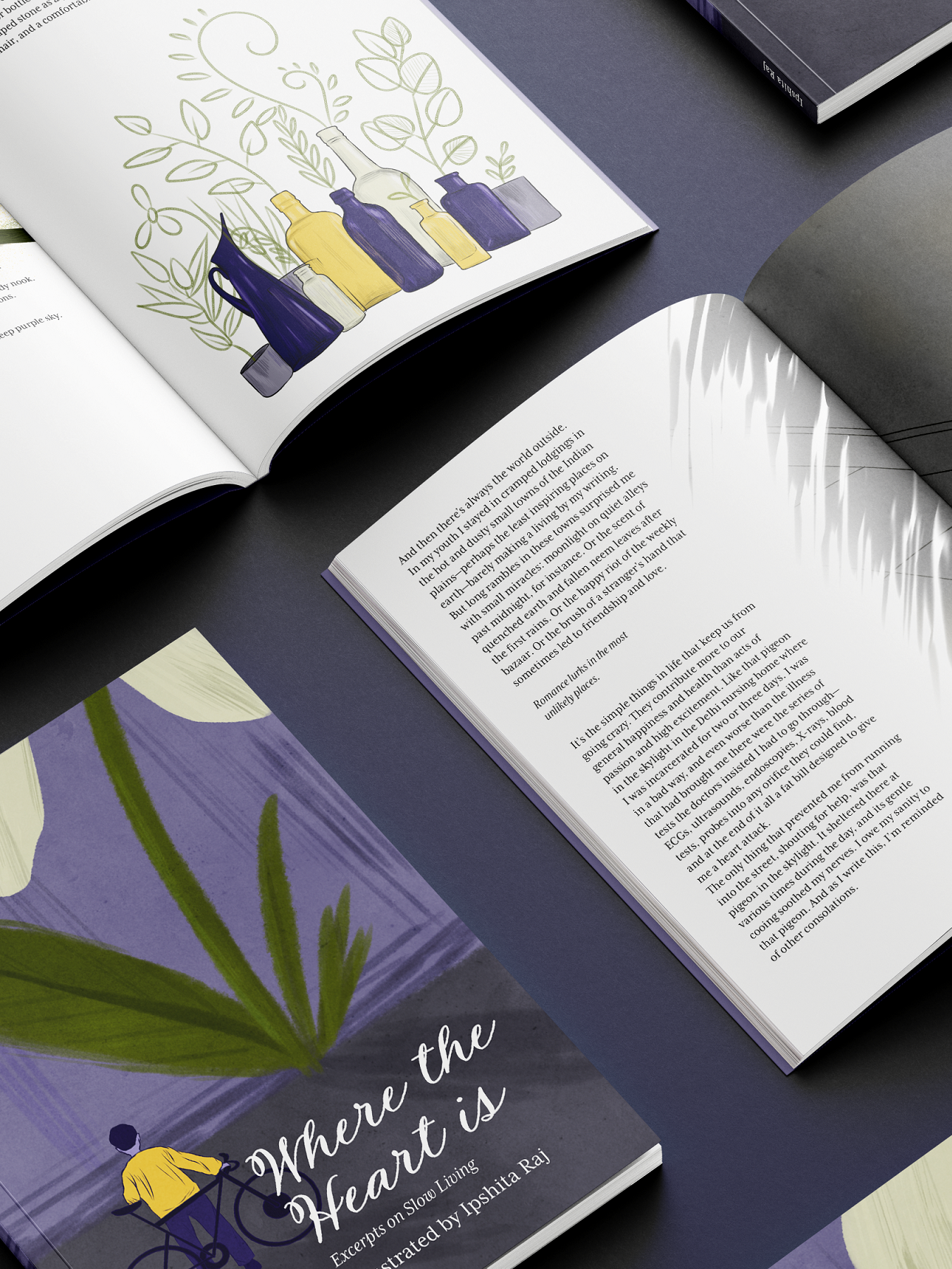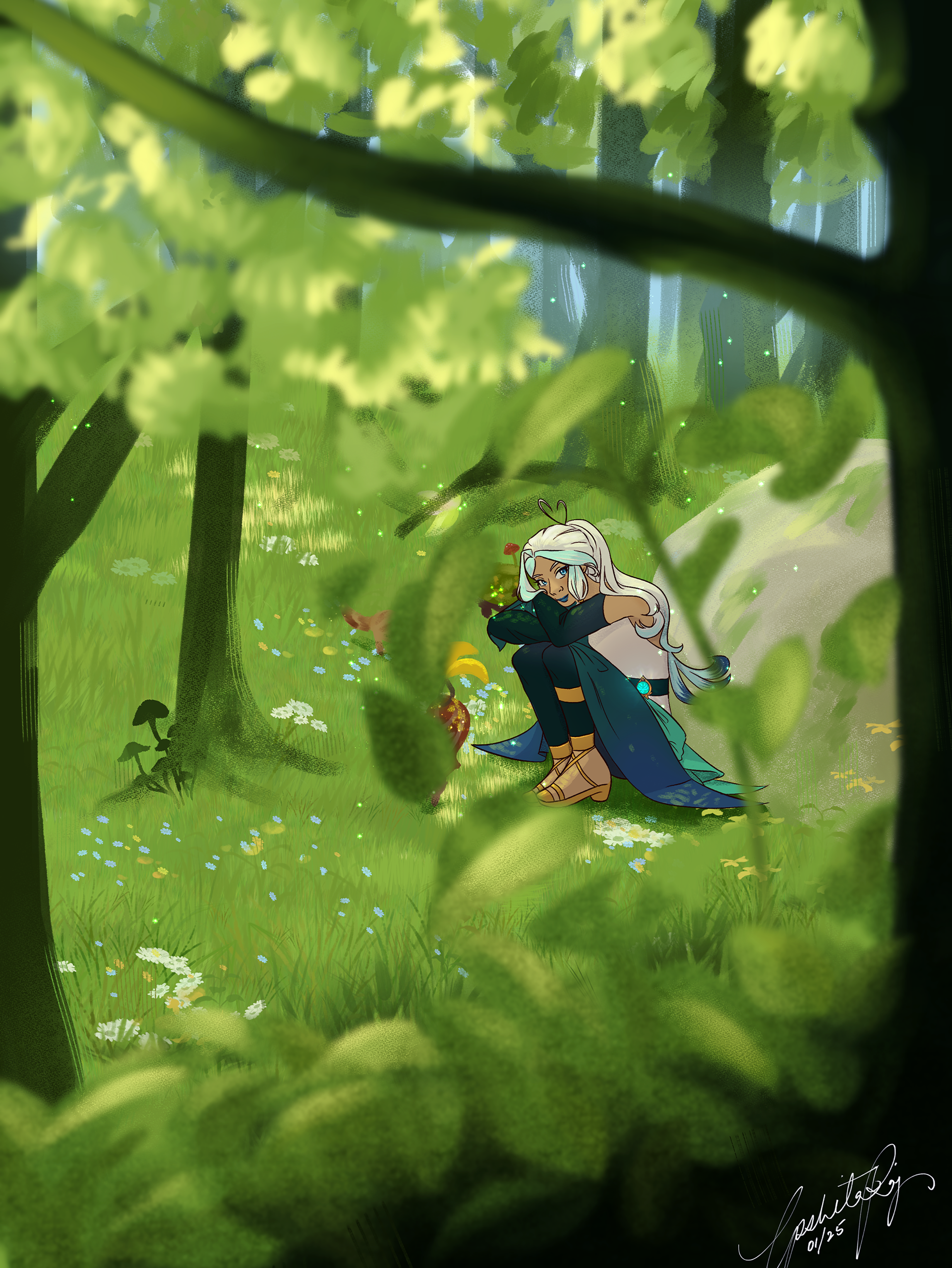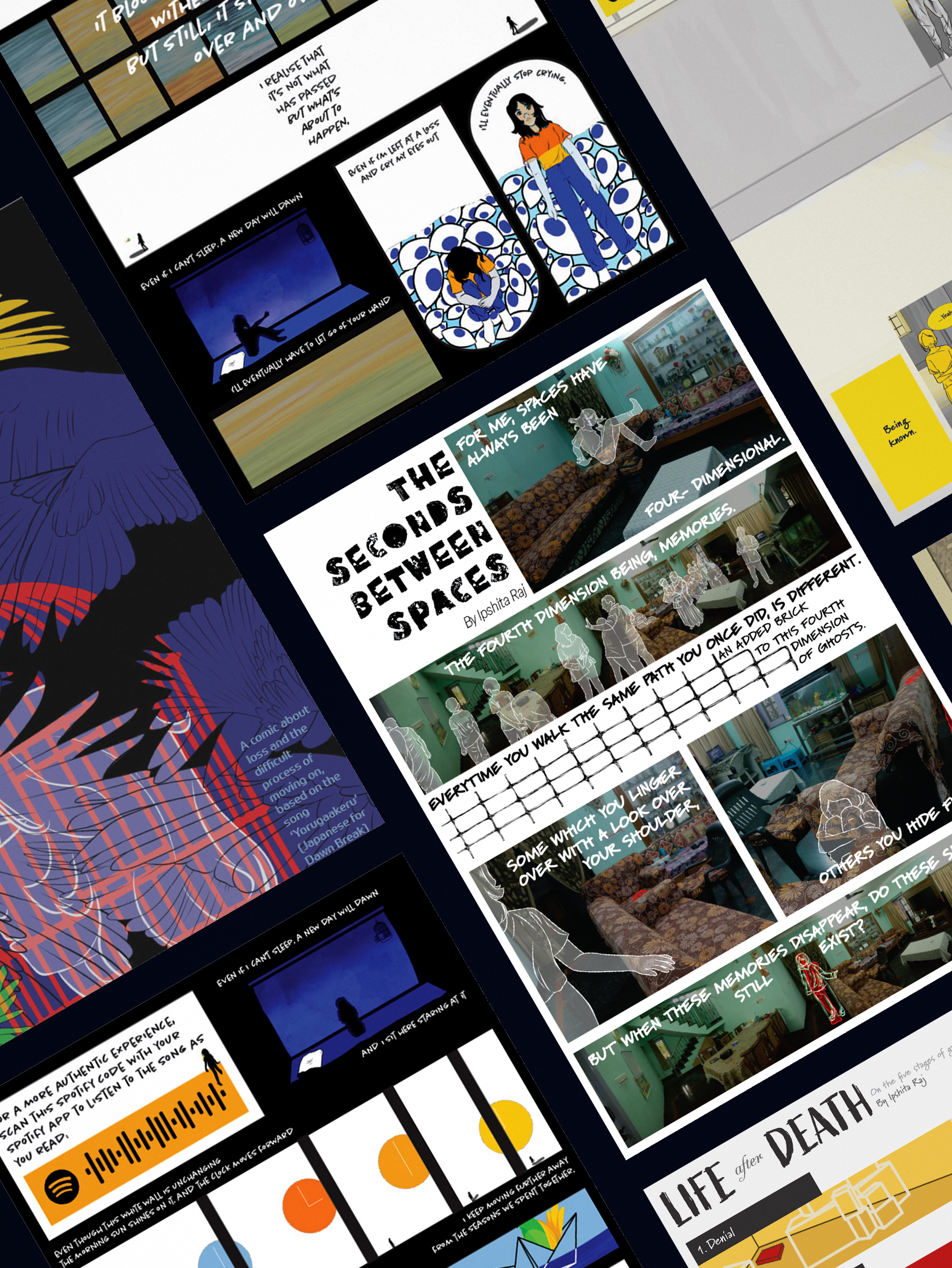Type: Pre-Thesis Project
Time Taken: 4 months | Software Used: Adobe InDesign, Adobe Illustrator, Clip Studio Paint Pro
'Don't Look Under My Sink' is a visual anthology of 20 personal narratives, created by 20 visual communication students over the span of 4 months as part of our pre-thesis project 'Editorially, yours'.
This project consists of a 400-page publication that contains our personal voices, identities and perspectives, and is an attempt to connect with the reader and encourage them to 'look under their own sinks'- to embrace their own forgotten and neglected vulnerabilities.
Apart from my individual contribution in the form of my chapter 'An Intentionally Incomplete Blueprint of Being', I was also involved in the layout, typography, art and copy-writing teams. Through my work in the collective, I was able to learn and strengthen various skills, as well as become more confident in my voice and work as a creator and a designer.
It all started with the question:
FIRST, YOU FIGURE OUT WHAT
PERSONAL VOICE IS TO YOU.
All of us have stories—stories that are deeply personal to us, stories of our lived experiences, stories we’ve heard and stories we’ve read.
In today’s world, where everything we say that has even a hint of the ‘I’ becomes a personal statement, something that people can hold against you anytime the algorithm deems it fit to—it seems as if we as a generation have become overly cautious of appearing ‘correct’, of always saying the right thing. As a result, most of our words are naturally neutral—and we may not even realise this until it is pointed out.
Thus, the stories we tell also become coloured by this ‘naturally neutral’ voice. The problem with this is that these personal narratives could be told by anyone—what makes them ‘personal’, if it doesn’t contain our opinions, or any essence of ourselves?
In that way, our personal voice is—in a manner of speaking—our writing’s fingerprint. It’s what makes it ‘ours’, and not anybody else’s. It is a story where we aren’t just the narrators, but the curators/ commentators.
A personal voice seeks to explain and encourage conversations as well as other opinions, and not just inform. It also helps people to look at situations, at experiences from other perspectives.
A personal voice seeks to explain and encourage conversations as well as other opinions, and not just inform. It also helps people to look at situations, at experiences from other perspectives.
In a world rife with AI and an emphasis on mass-content generation, it is our own form of rebellion—bringing our own distinctly human voices with us wherever we go.
THEN YOU DECIDE WHAT YOU WANT TO WRITE ABOUT.
WHAT TROUBLES YOU?
I'm someone who suffers from an eternal identity crisis. But why, you may ask? A bit of backstory here:
I've moved a whole lot in the beginning of my life- I was born in Jharkhand, moved to Kolkata, Delhi, Bengaluru and then the USA, where I moved every single year (so 5 states here too), and finally back to Bengaluru where I've been living ever since. This led to a deep confusion and a worry that I don't truly 'belong' anywhere- that I was just playing a 'role' expected of me.
So from here, I began thinking: If my situation had been different, would I be different? More whole?
This led me to my first topic: What constitutes an identity? Is there some sort of factor that I was missing?
But quickly I realised that identity was too abstract of a concept to be made into an equation like that. So I went back to the drawing board and went back to my core question that had been troubling me all this time- "Who am I?"
People's (mine and others') expectations had resulted in a list of 'labels' being applied to me- ones which created an idea of how the ideal version of me would be, and also resulted in pressure to be more like it. As I thought deeper about this, I realised just how deeply expectations and labels, something I had never connected before, were intertwined:
SO THAT WAS WHAT TROUBLED ME.
BUT WHAT IS MY NARRATIVE ABOUT?
Identity is a spectrum, if you look at it in terms of identity labels. There exist two extremes- one where people agree with all the standard definitions of labels that exist, and on the other end there are people who don't agree at all. Most people lie somewhere in the middle of these two- in the in-between area of this spectrum where all our 'identities' lie. This was something I realised with my introspection and research- talking to people, reading books and papers and anything I could get on human identity and related discussions.
So what I wanted to say with my narrative was to reassure people that no matter where they are on this spectrum, it was okay. It does so with metaphors and visuals, which I feel like are devices that go beyond specific languages- which was relevant as I was also looking into language and how it affects the discussion of identity.
PRIMARY AND SECONDARY RESEARCH
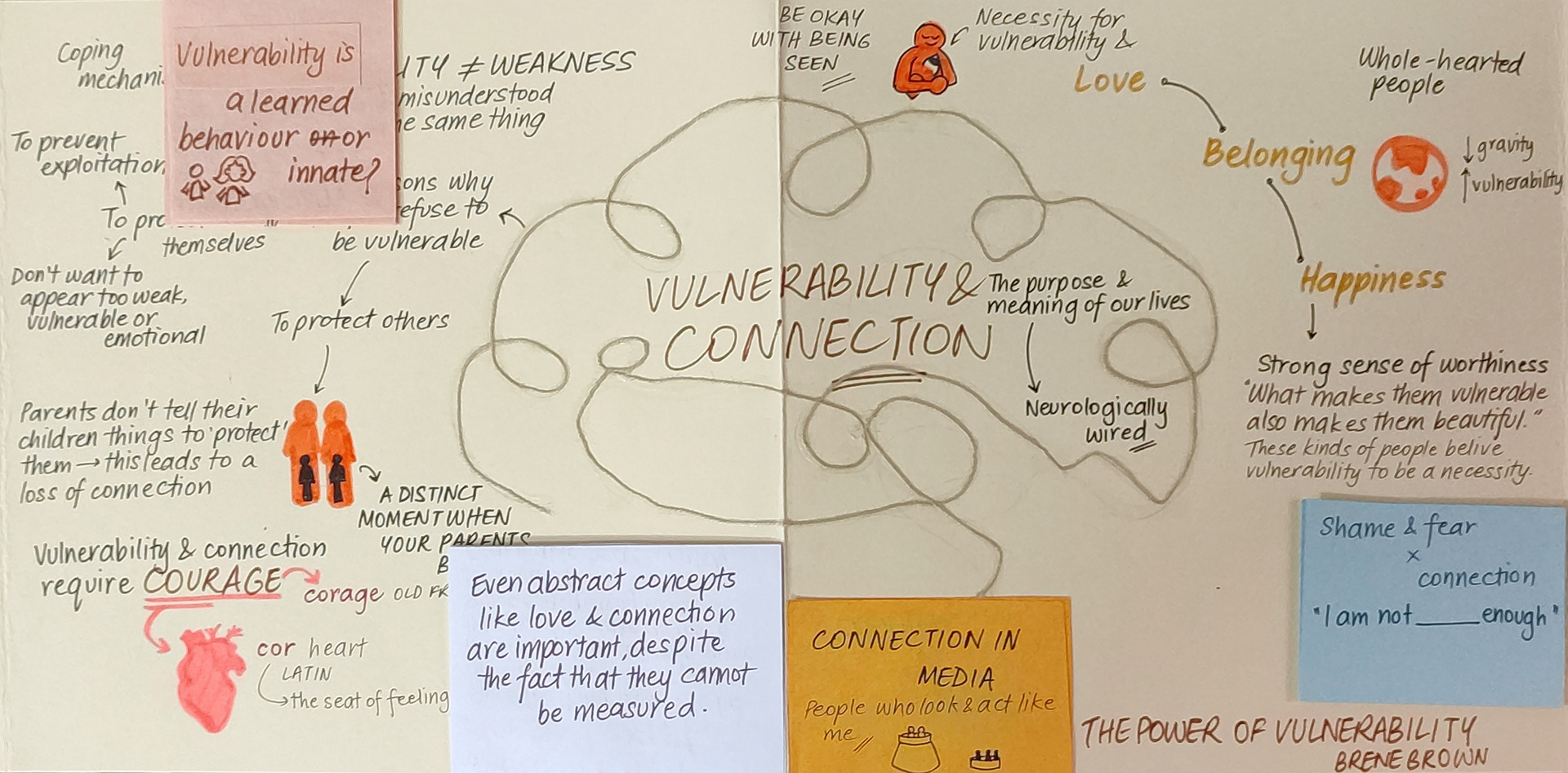



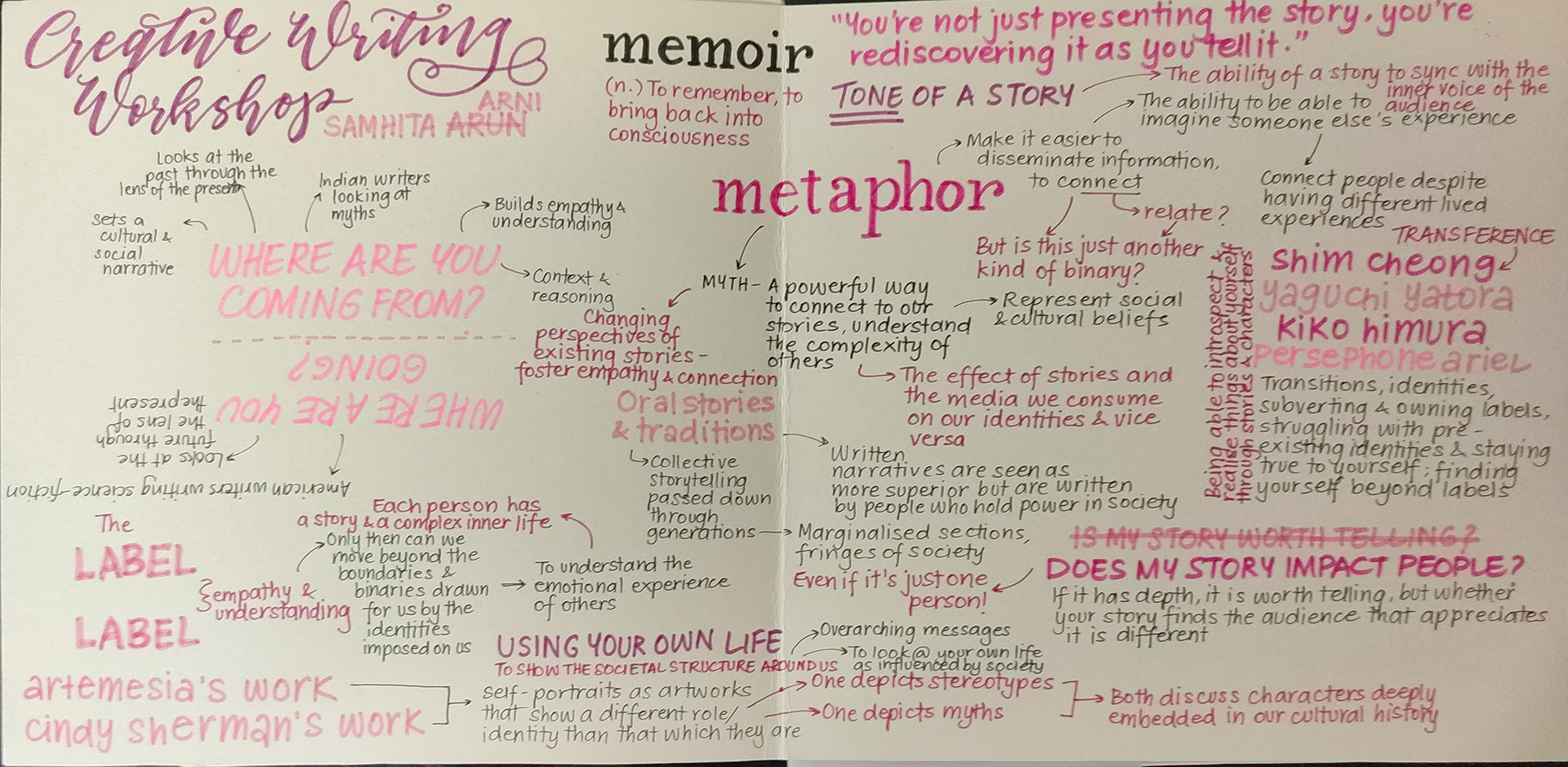
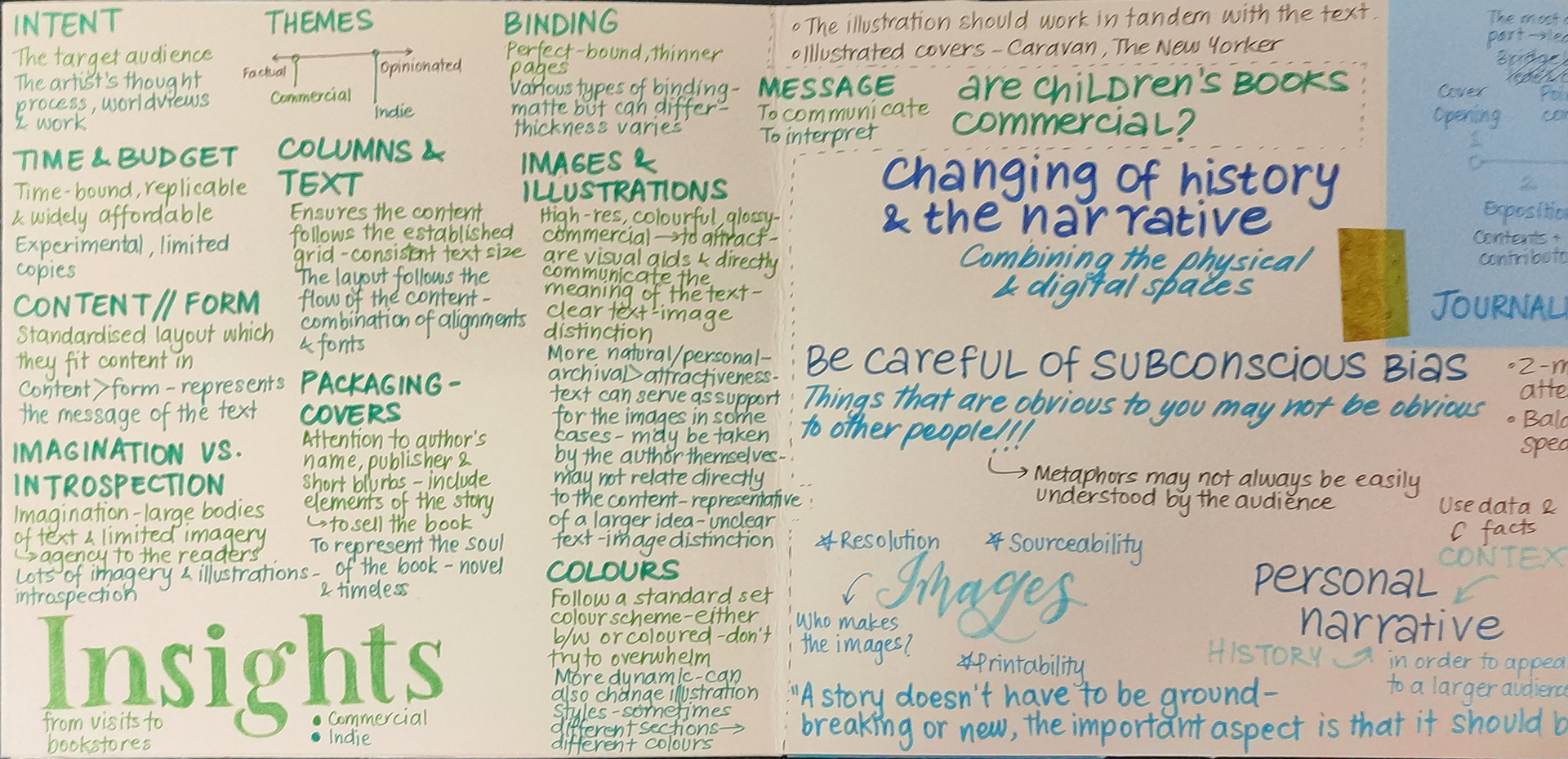
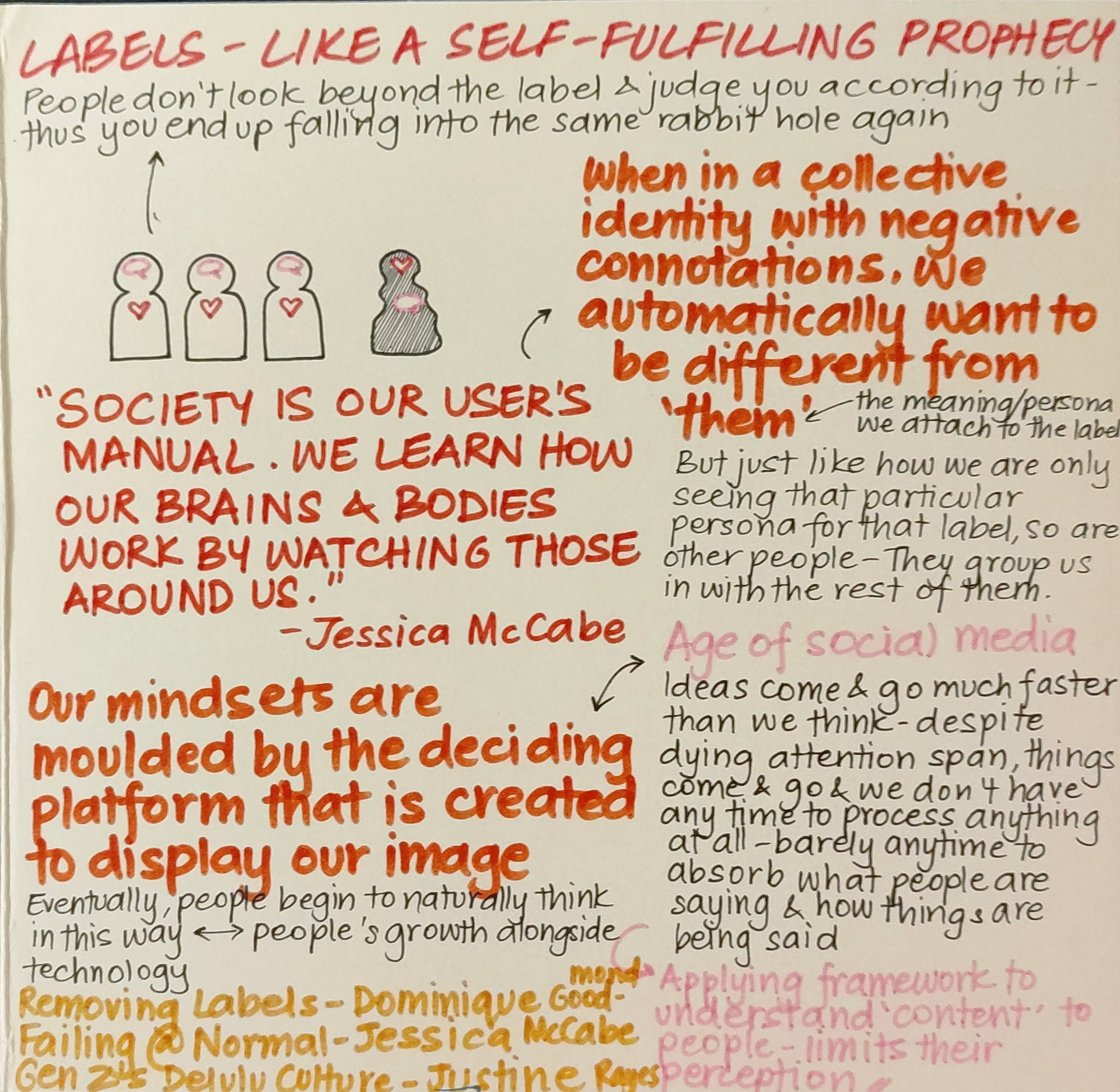

Some of my journal pages with insights and connections made from the masterclasses, field trips and workshops we had attended and gone to.
As part of the project, we attended a variety of masterclasses and workshops arranged by our facilitator as well as external ones, and also went on day trips to various book shops and publishing houses to do visual and market research. These helped me immensely in realising the possibilities of what a book could be and look like- which served as something I held onto throughout the production process, knowing that I wanted to go beyond just the 2D confines of the pages.
Apart from this, I engaged in a variety of primary and secondary research in order to get a more nuanced understanding of my topic from beyond my world view:
VISUAL DATA
As I've mentioned earlier, I wanted to do something more experimental in terms of my narrative visuals. Apart from doing out of the confines of the 2D pages, I also wanted to include a variety of mediums in my final output. For this, I asked people to send me pictures of objects they felt represented a part of/ their entire identity. I used these to make one of the visuals in my narrative, using the pictures to represent the 'fixed' parts of our identity.
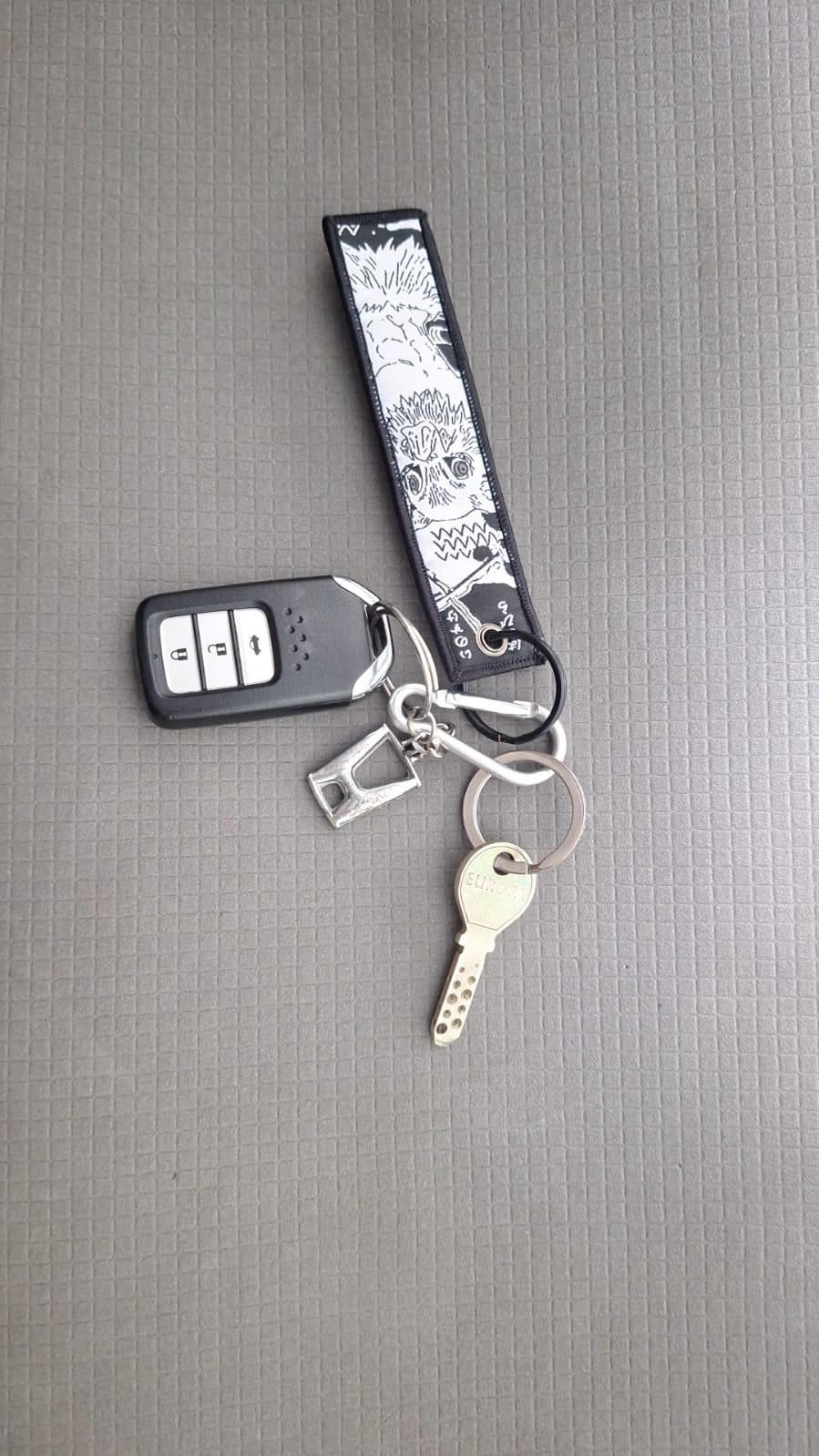

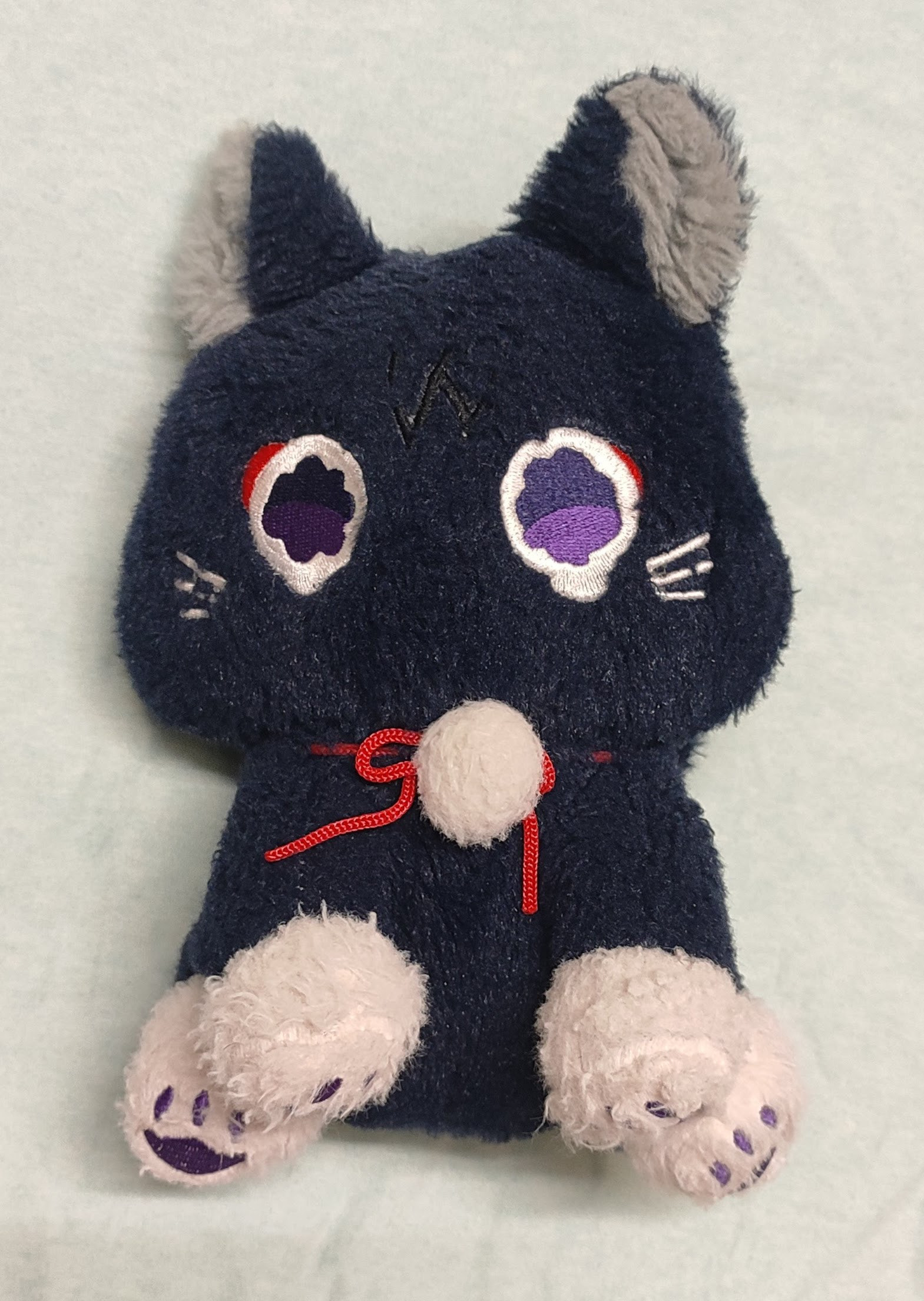
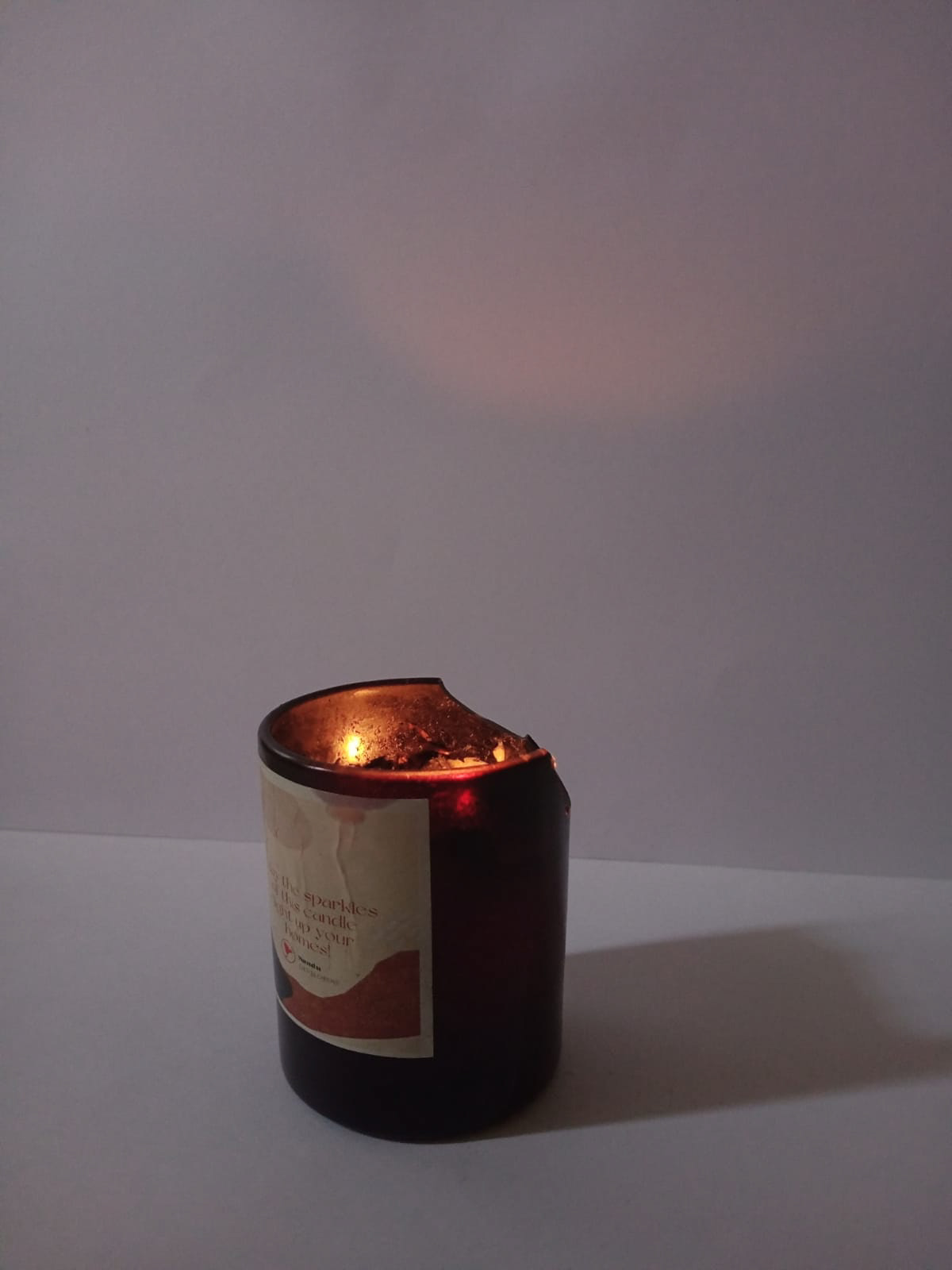
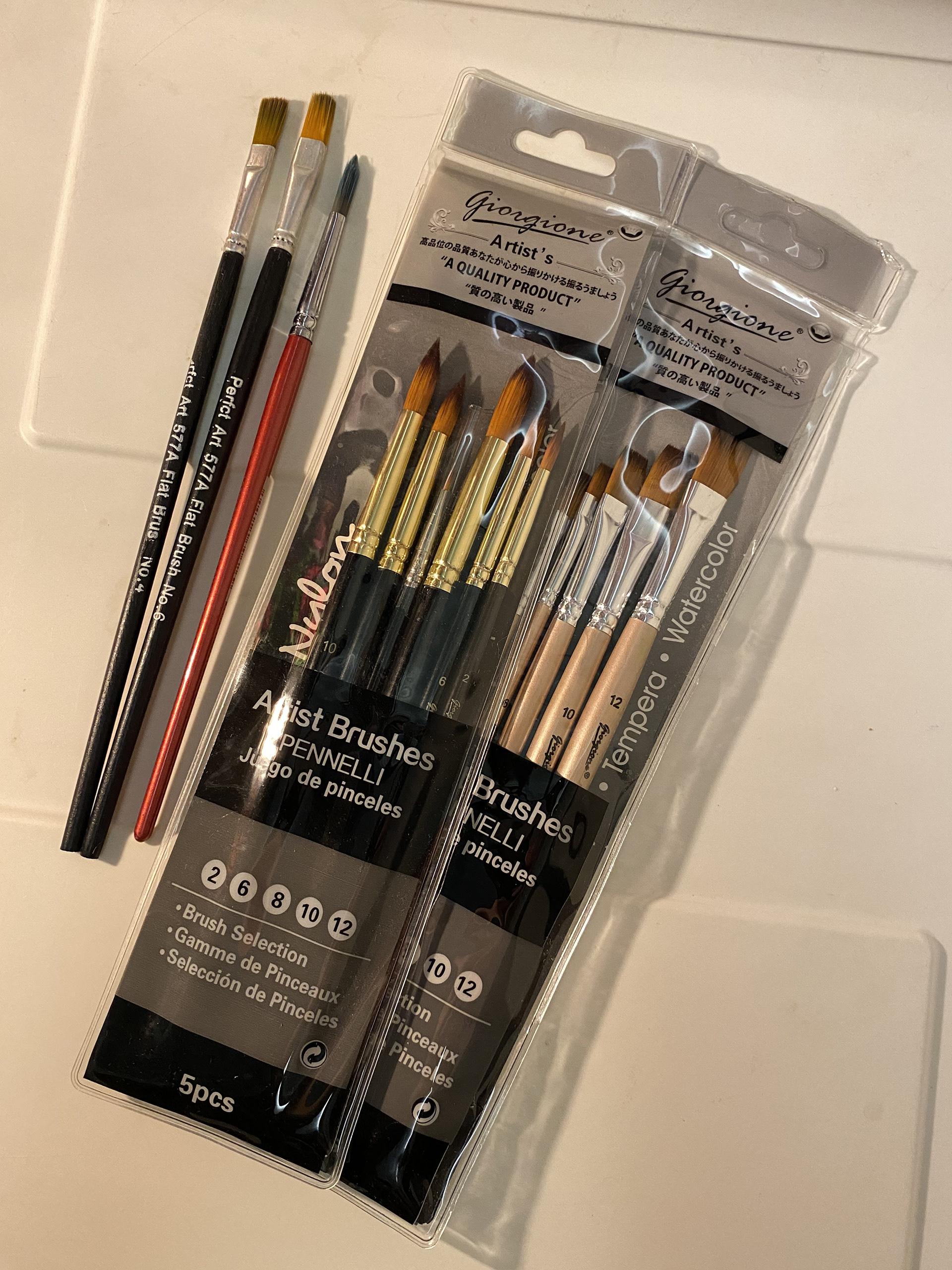
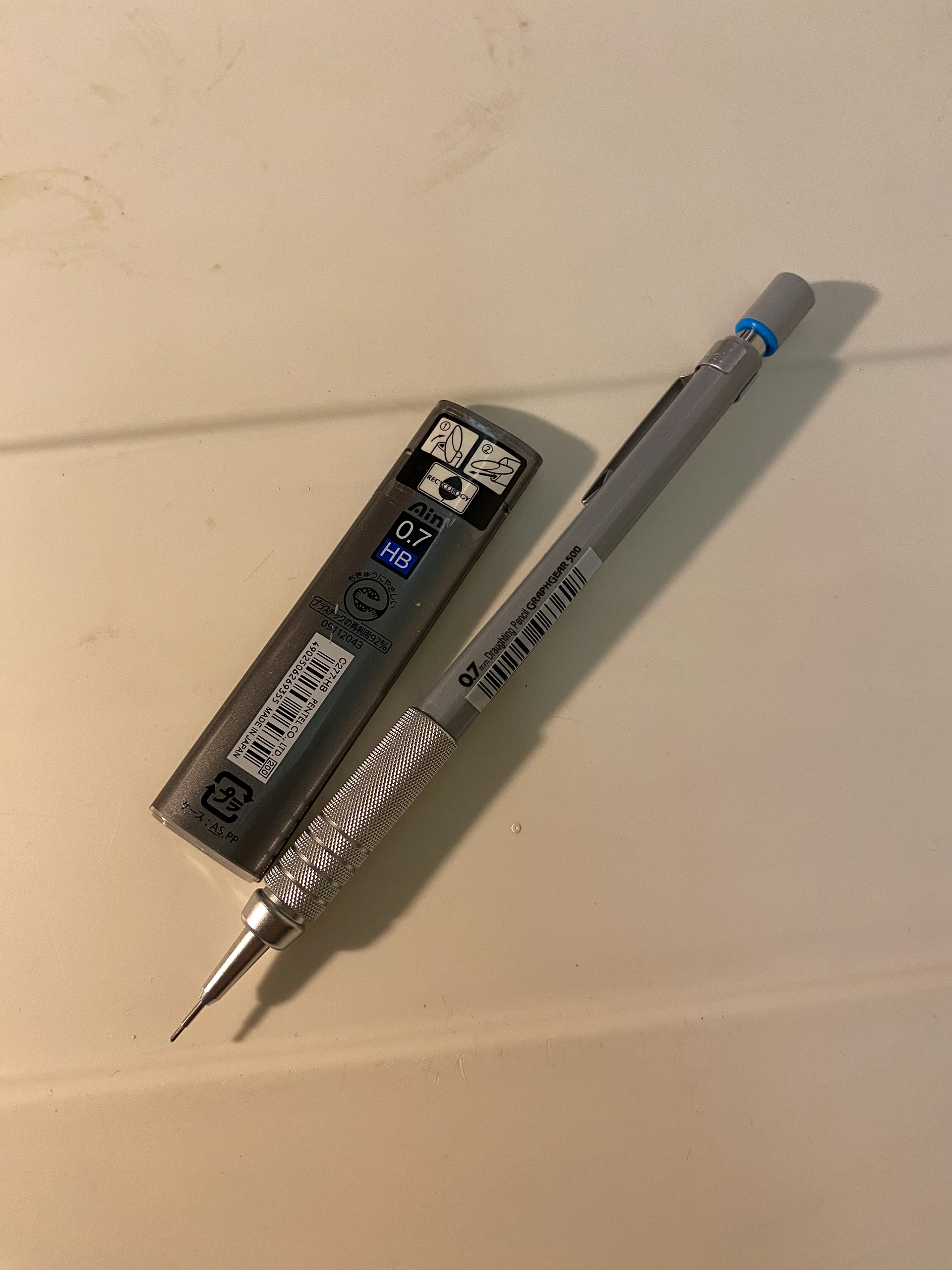
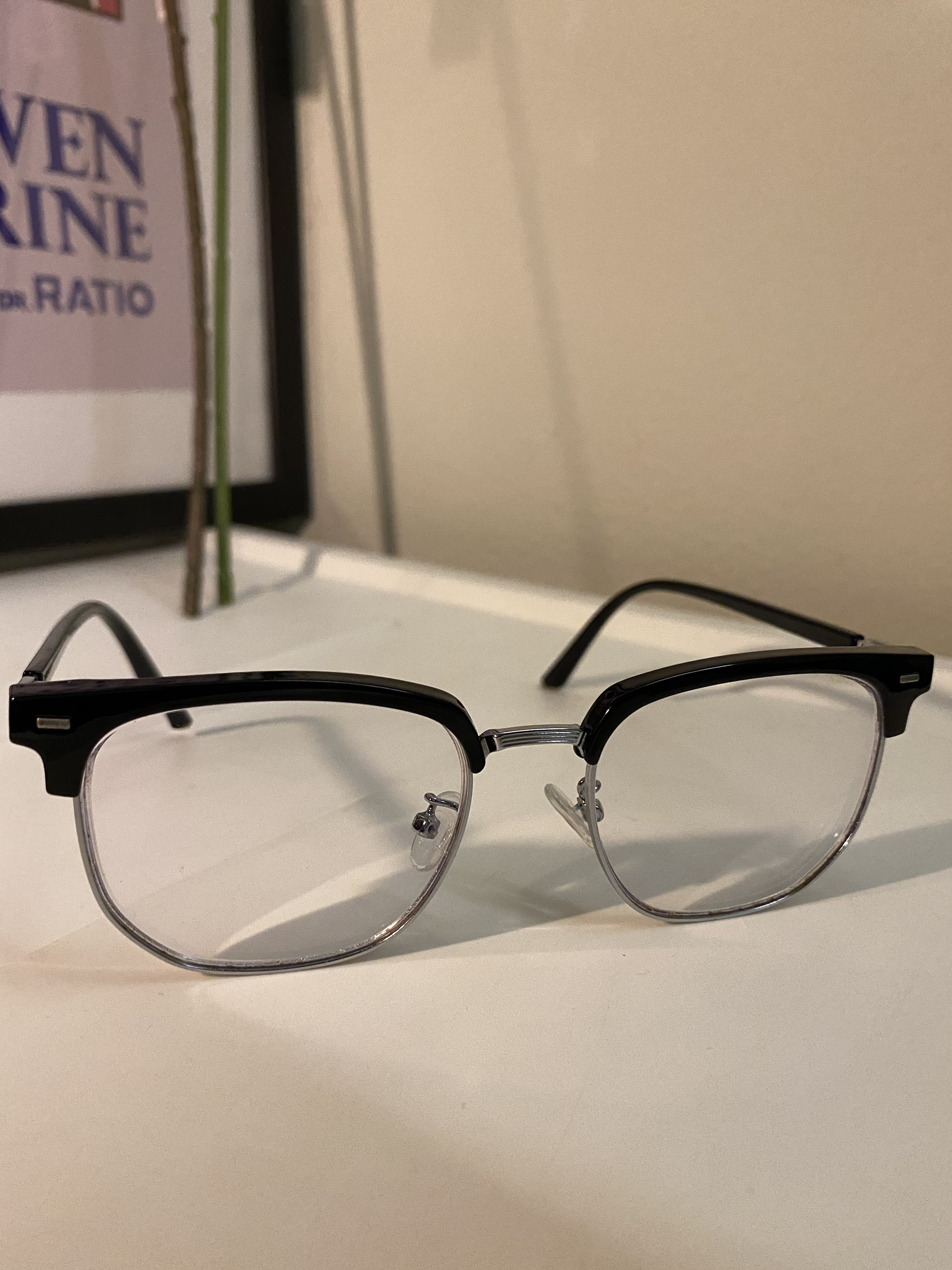
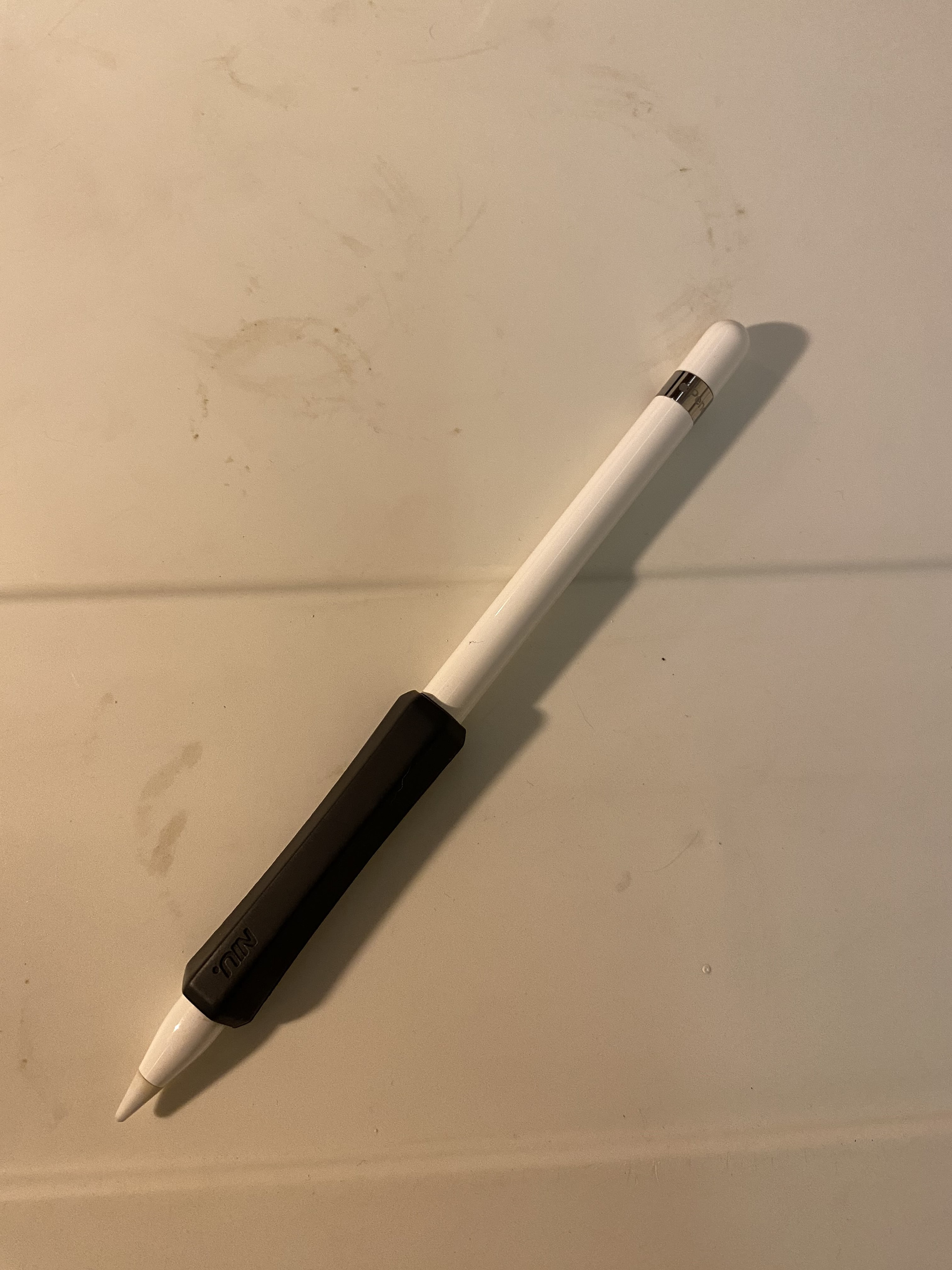
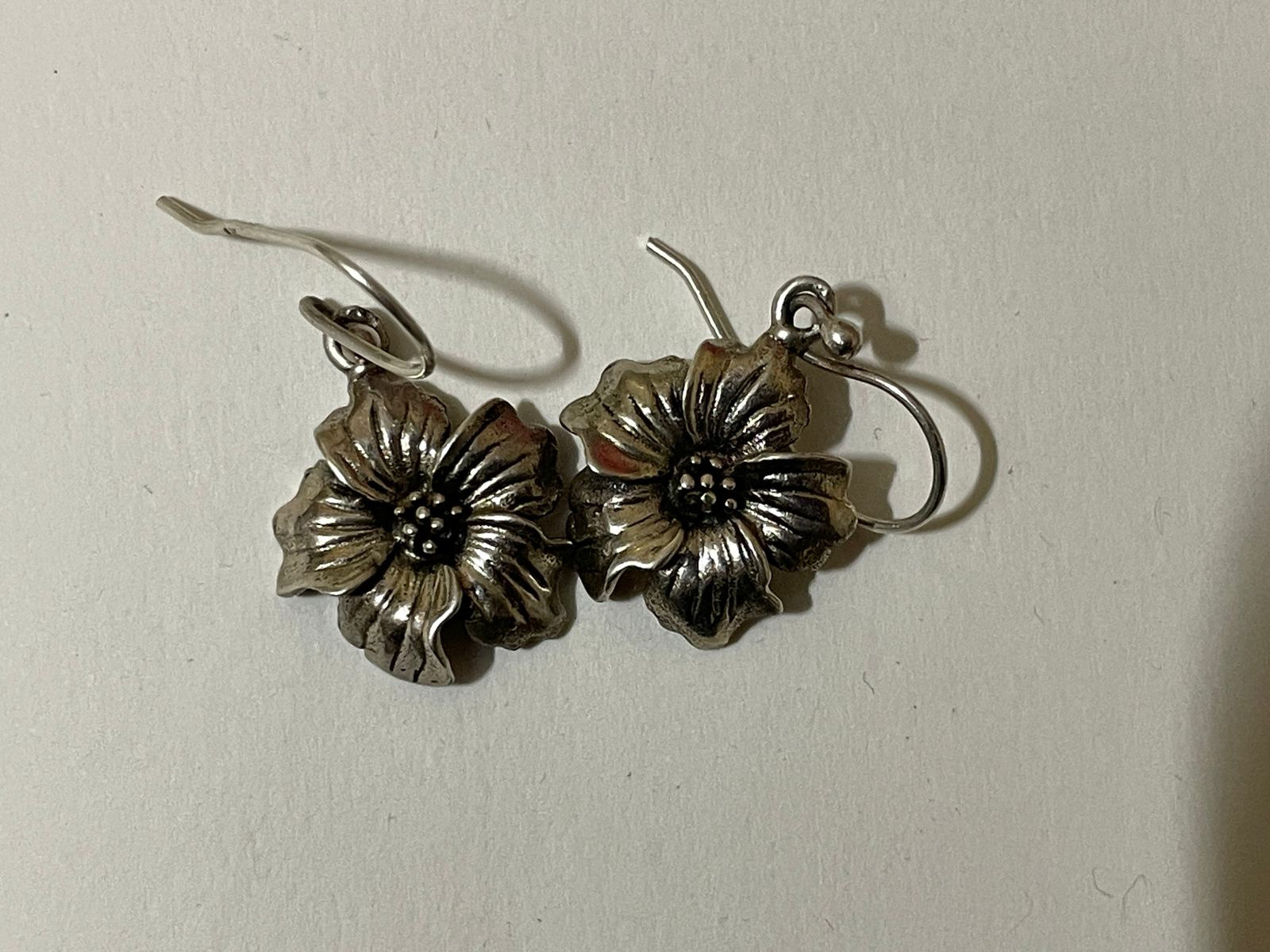

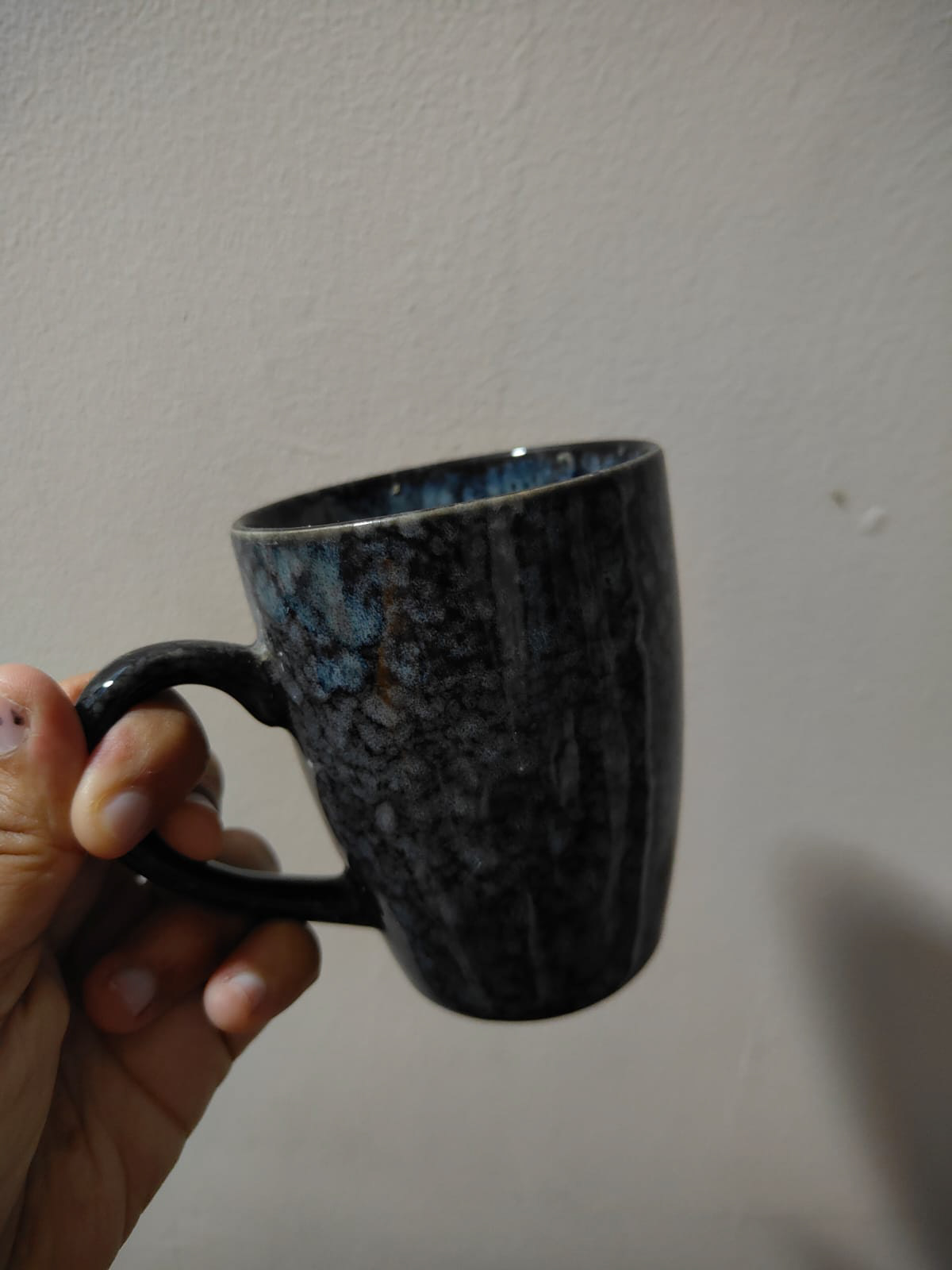
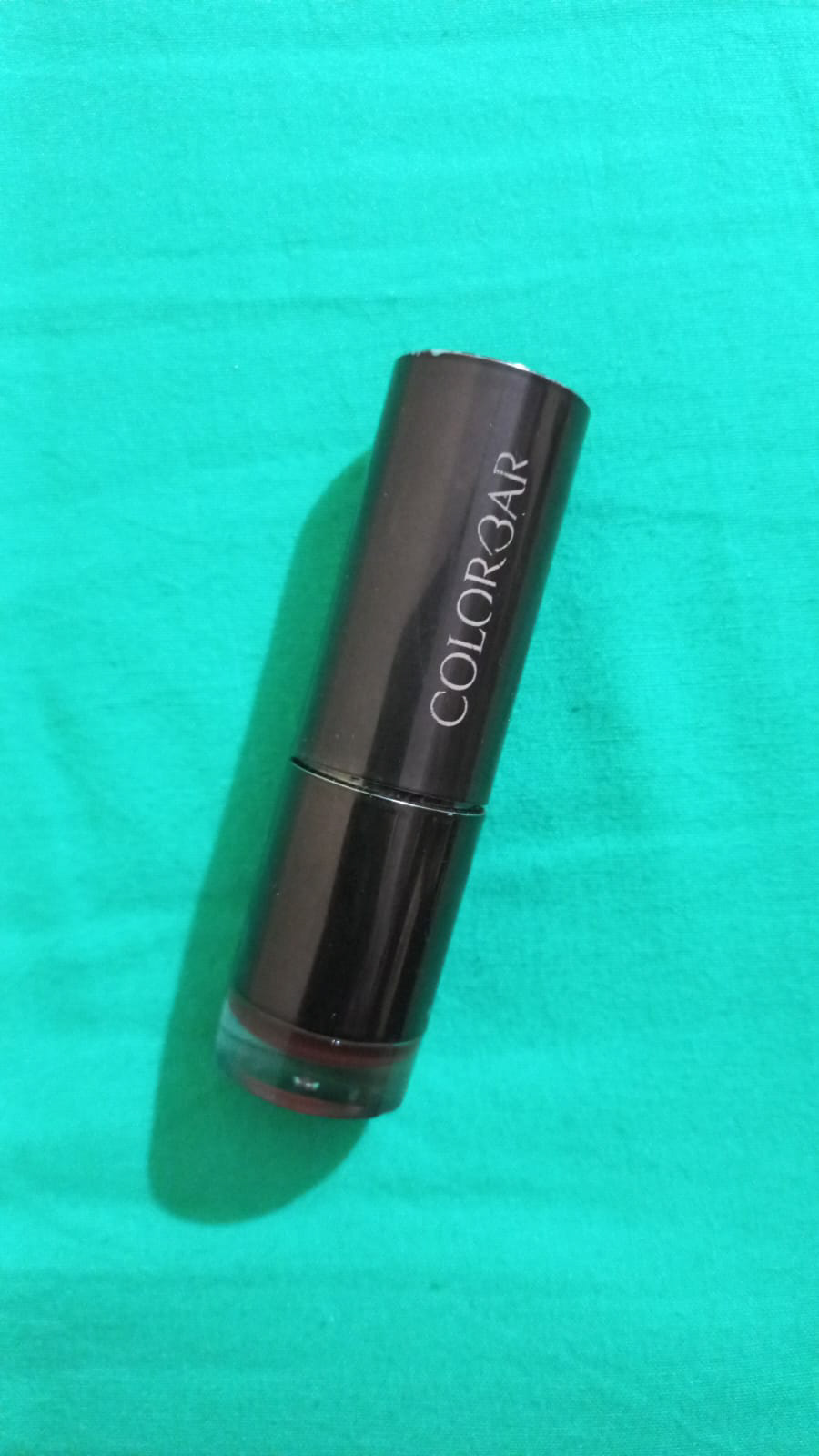
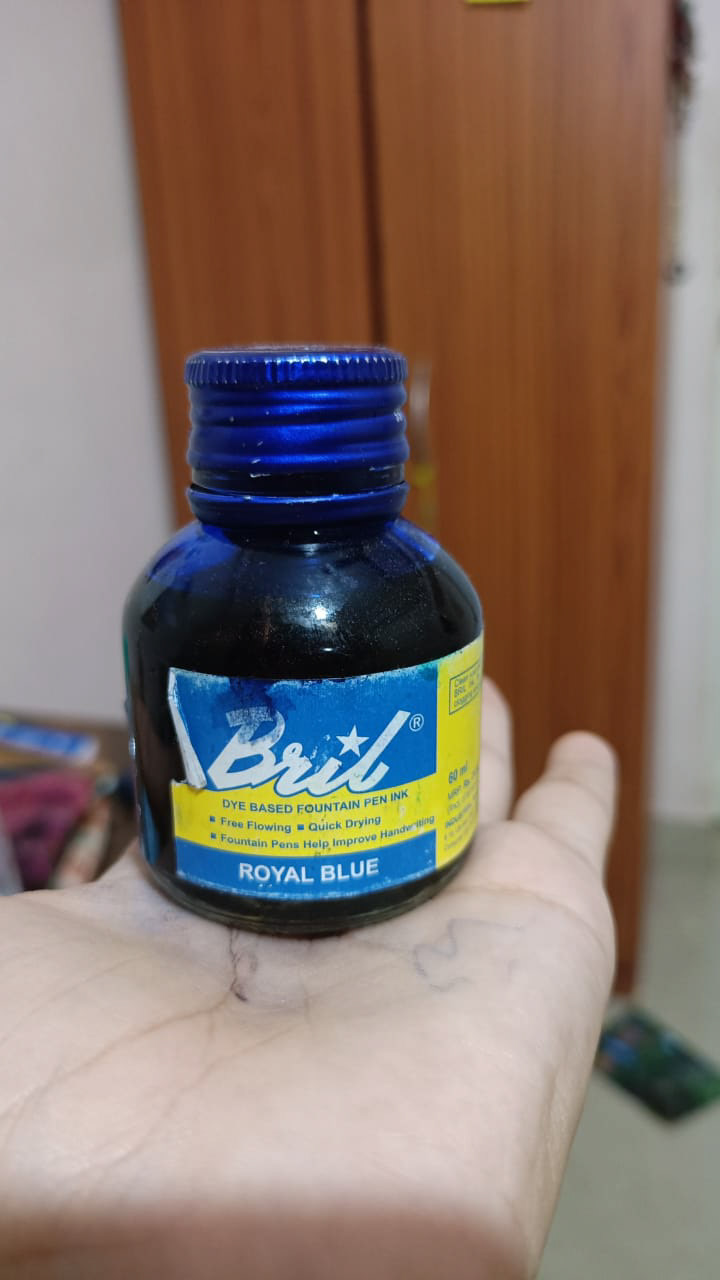
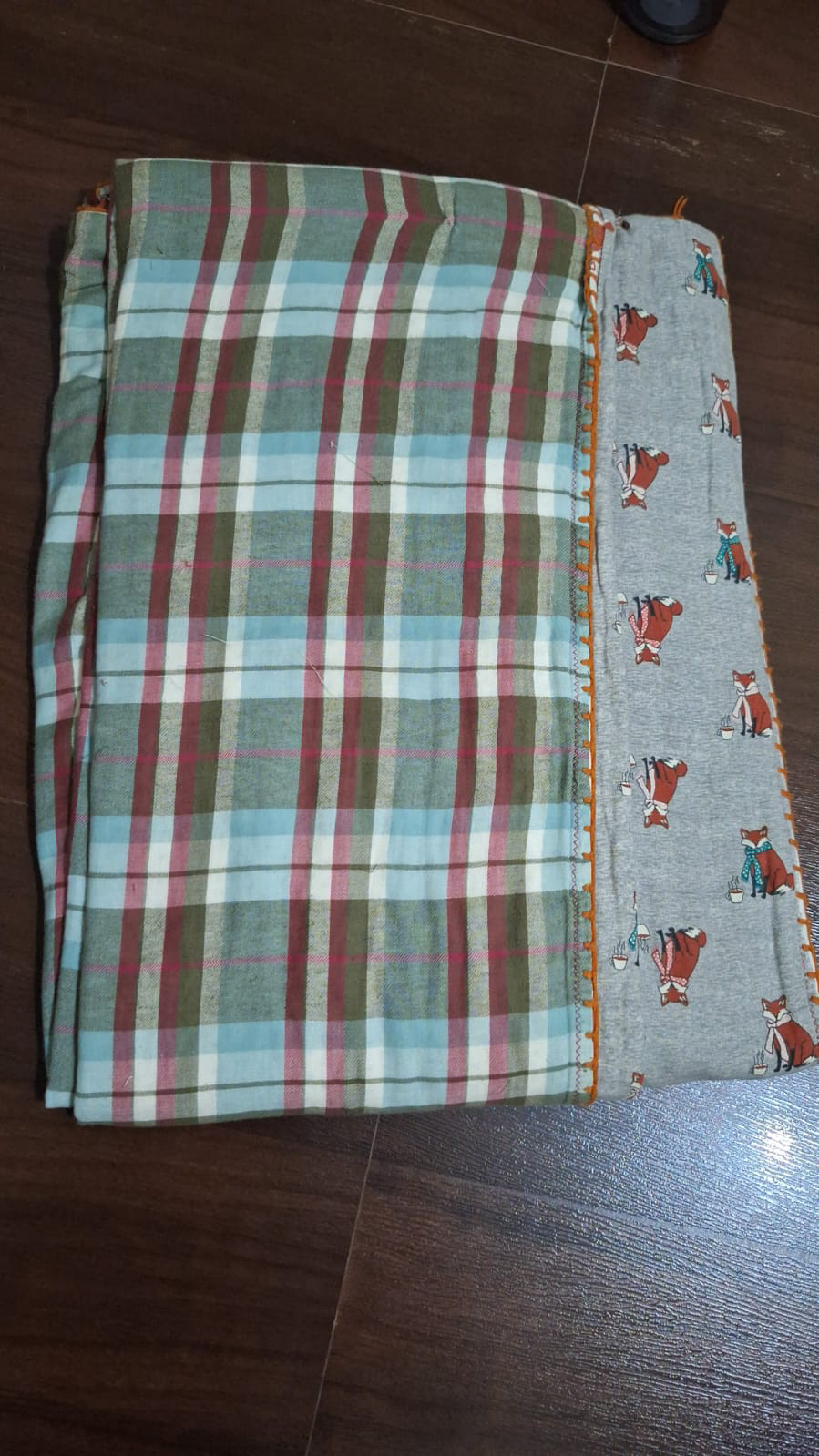
SURVEY DATA
One of the questions I had been wrestling with during the beginning of the project was how each 'label' came with expectations, a certain way to be and behave in order to fulfil the list of criteria they contained. I chose four roles- designer, intern, child and friend (all roles most people in our intended target audience would be familiar with), and asked a variety of people from different age ranges as well as careers for their opinions on what they thought about the question: 'What trait do you believe is essential to the following roles?' The answers I got were classified under a few consistently appearing keywords, which I also put in my narrative as a visual.
INTERVIEW DATA
Towards the beginning of the project, I wanted to get out of my own head so as to not get limited by my perspective towards my topic. For this, I chose to conduct a few interviews, asking people for their opinions on labels, about labels in their life and how they differed based on places and roles. I got very fascinating insights which helped inform my narrative. A few of them are below:
In one of our masterclasses with Samhita Arni, we also came across the Myth Framework, Heroine's Journey and Freyteg Triangle as narrative tools to help build our stories. These aided me immensely in being able to identity sources of inspiration for my narrative in terms of story and visuals, and also in finalising what my story entailed.
COLOUR SCHEME AND TYPOGRAPHY
For the more serious text that demanded attention, we had
Magister.
And for the stories that carried all the emotions this book had to offer, we used
Satoshi...
As for the titles and names, we could only use
Filson Pro.
But for the cover, we decided to go ahead with
New Spirit!
FINAL OUTPUT
AND FINALLY, THE EXHIBITION WHERE WE SHOWED OFF OUR WORK TO THE WORLD!
